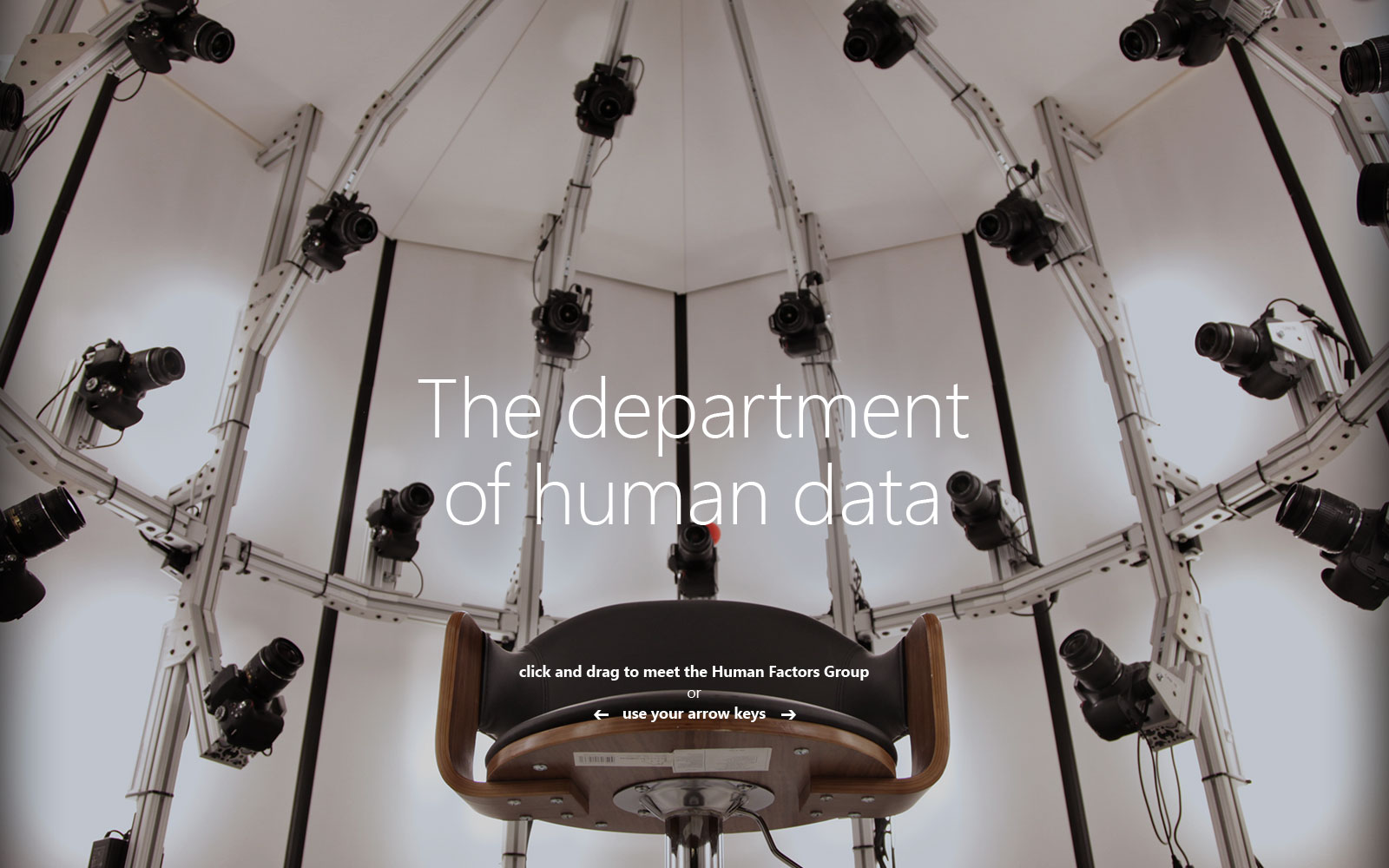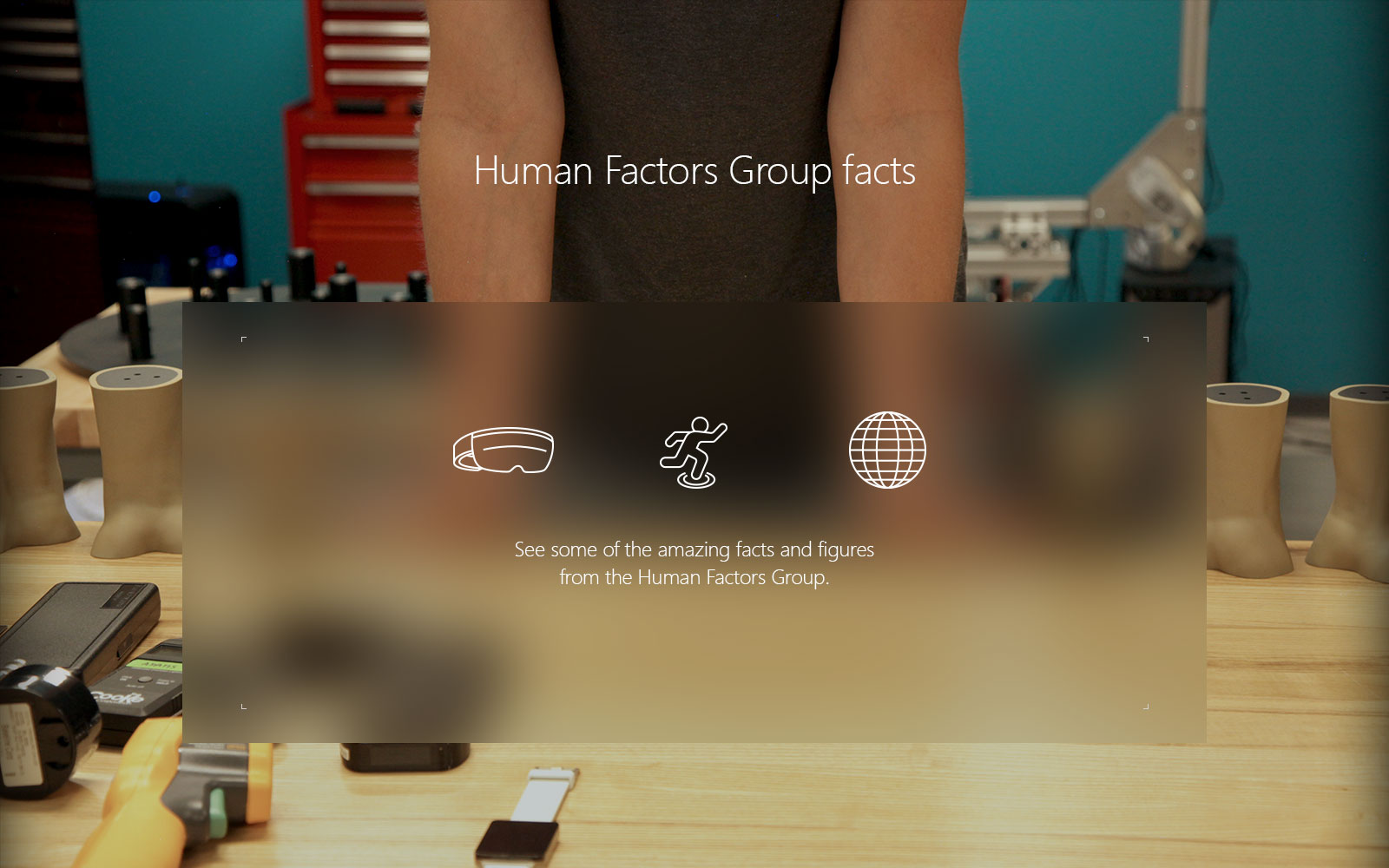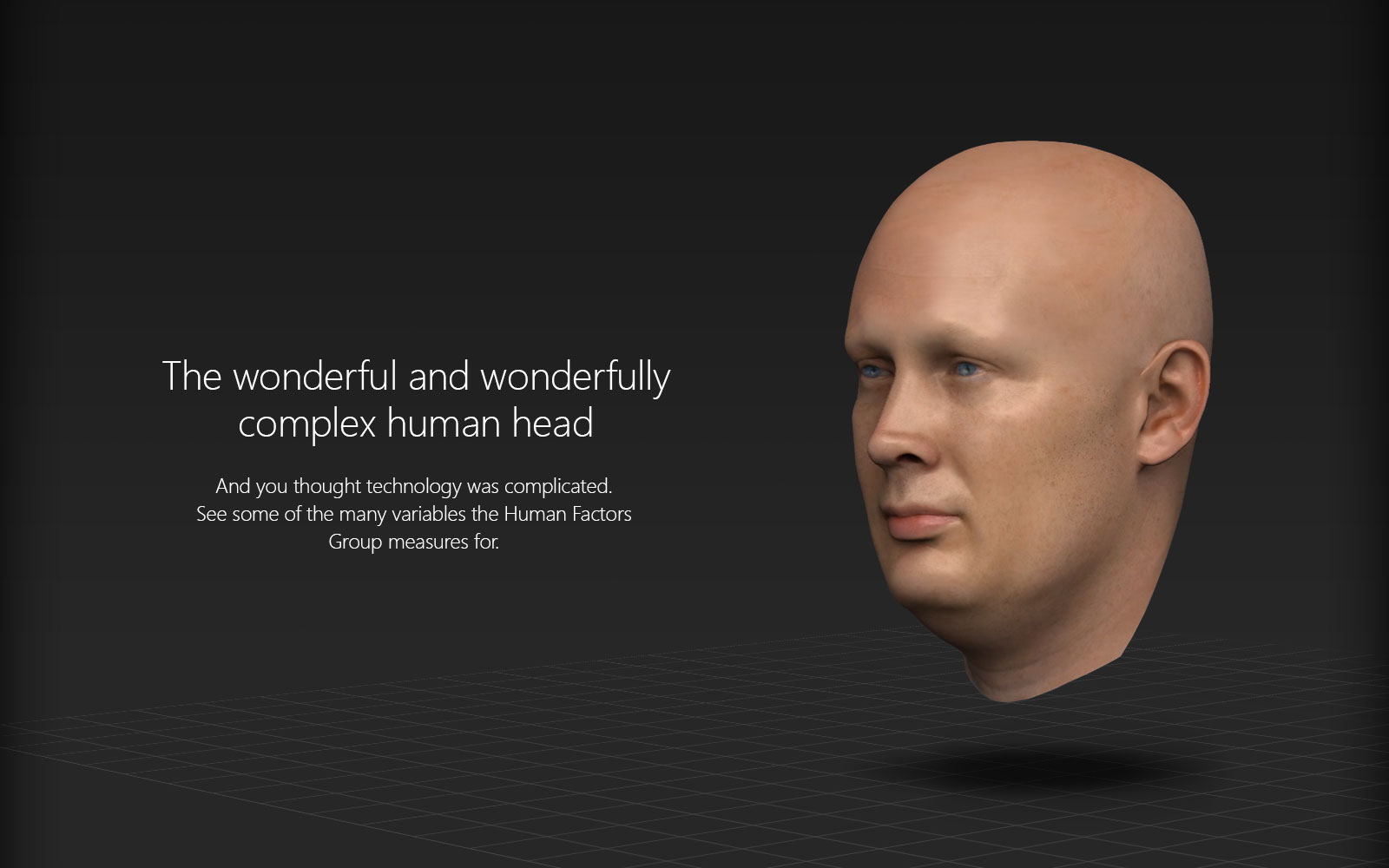The department
of human data
Human Factors Group
The future of devices
meets millennia
of evolution
Designing for ear geometry, vestibular
comfort and wrist morphology
The wonderful and wonderfully complex
human head
And you thought technology was complicated

-
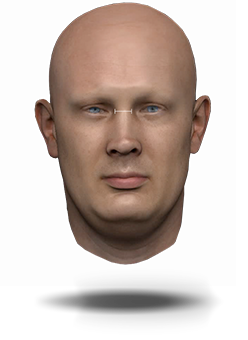
Nasal Root Breadth
The horizontal measure of the nose is important for HoloLens or any glasses technology that rests on the nose and aligns to the eye.
-
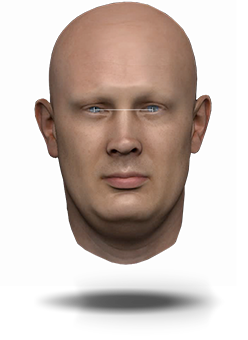
Interpupillary Distance
The distance between the center point of the pupils is used to align the optics of the HoloLens vision system with “the human vision system.”
-
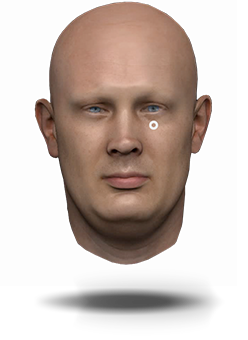
Infraorbitale
The bottom of the lower margin of each eye socket is a point of alignment for HoloLens viewing.
-

Bitragion - Menton Arc
The arc across the chin line from tragus to tragus (the bumps in front of ears) helps determine the length of mic booms for the Xbox One Stereo Headset.
-
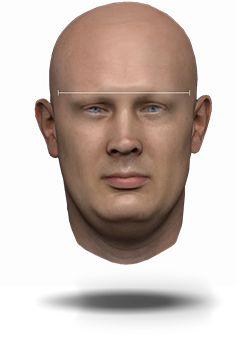
Eurion
This head breadth measurement from the temporal bones (temple) is used for headsets and the adjustable inner band on HoloLens.
-
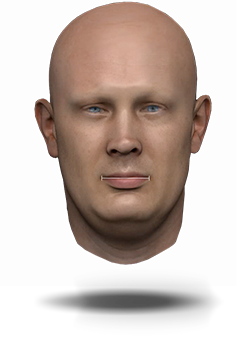
Bichelion Diameter
Lip length and mouth width data optimize the mic boom length of the Xbox One Stereo Headset so gamers can talk and eat pizza at the same time.
-
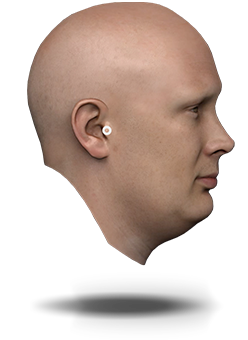
Tragion/Tragus
The notch on the upper margin of the cartilage at the opening of the ear is the centering measure to map ear shape for headsets.
-
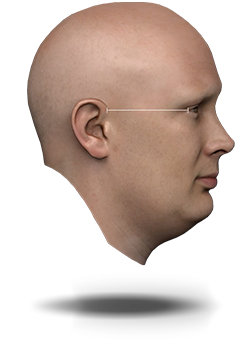
Tragus to External Canthus
The distance from the tragus to the outside corner of the eyelid is used for adjusting HoloLens’ positioning on the face.
-
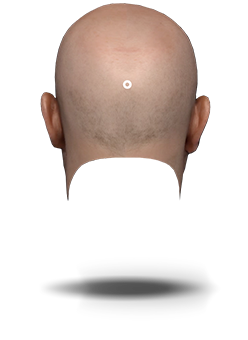
Inion
The bony protuberance on the back of head is the starting point to measure the length of the head for the adjustable inner band of HoloLens.
-
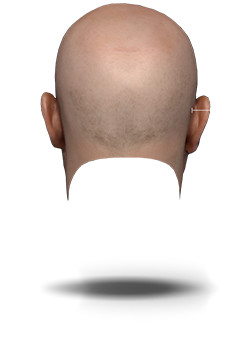
Ear Protrusion
How far the pinna (the fleshy, external part of the ear) sticks out from the head determines the ear cup size for Xbox One Stereo Headset.
-
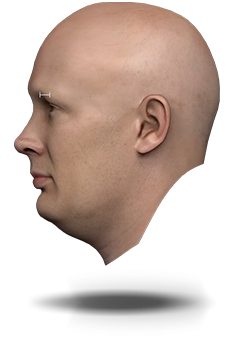
Eye Relief
There is great variation in the measurement from the brow to the eye surface, and HoloLens uses this distance in image projection.
-
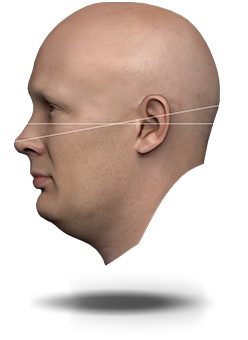
Resting Eye Gaze
Understanding the way that the head tilts 10% downward while relaxing guarantees that HoloLens fits naturally in a range of motions.
Human Factors
Group facts
-

HoloLens: Human Factors not only optimized the visual display and physical fit but also figured out how to overcome the motion sickness often caused by VR.
-

Xbox: They made the controller’s buttons and joystick reachable for people with smaller hands — without affecting performance for others.
-

Band: The team used human anthropometry and biomechanics to be sure the design is comfortable to use over time.
-

A human-sized light box allows the team to simulate numerous lighting environments, including direct sunlight.
-

Their biomechanics trackers can measure human movement to less than a millimeter and scan detail imagery at sub-millimeter accuracy.
-

With their psycho-acoustical equipment, the team can quantify human perception of audio quality.
-

One team member fills her free time as a Porsche race car instructor.
-

Every person on the Human Factors lab is published in their area of expertise.
-

More than half of the team hails from countries other than the United States.









